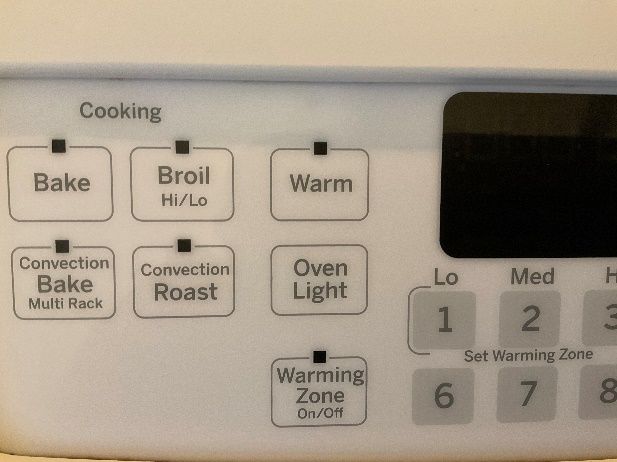This publication is the first in a series of documents to complement A Healthy Table Virtual Cooking School. The purpose is to educate the general public on how to safely prepare healthy meals at home.
Research suggests there are many health benefits to preparing meals at home. For example, it is possible to use healthier recipes that include more wholesome ingredients lower in saturated fats, sodium, and sugar. Healthier recipes that include more fruits and vegetables make more nutrient-dense meals. Portion sizes are more easily controlled at home. By embracing food safety as well as healthy meal preparation and practices, home-prepared meals can lead to better health outcomes.
Recognizing the differences among various cooking methods is an important step in meal preparation. The preparation method used varies by recipe. The term “baking” is commonly applied to cooking food in the oven. Although the terms “baking” and “roasting” seem to be used interchangeably, there are a few differences. Broiling is a distinct cooking method. All three cooking methods use dry heat.

Credit: Marie Arick
Baking takes a food product from one state to another. A good example would be cake batter transforming into a cake. Baking browns the outside of the product while also cooking the inside.
With roasting, the food product holds its basic shape. Roasting uses a higher heat than baking, leading to a crisper exterior while also cooking the inside of the food. Some foods that are often roasted include vegetables, chicken, and various beef and pork cuts.
Broiling uses the top oven element and high heat to cook or sear food quickly. It crisps the outside while keeping the inside of the food moist. Broiling is generally used for leaner and thinner cuts of meat, fish, and vegetables. The broiler setting is versatile; it can be used to brown an already cooked food such as a casserole or melt cheese for toast or nachos.
Additionally, there are two types of ovens. The chart below describes the differences between a conventional oven and a convection oven.
Cooking to the appropriate internal temperature ensures food is safe for consumption. Utilize a calibrated food thermometer to ensure appropriate doneness.
Remember to include a variety of fruits and vegetables in your main dishes and side dishes. Preparing and eating meals together is not only a fun way to teach healthy eating habits and cooking skills, but it is also a great way to connect with each other at the end of the day.
Resources
USDA Safe Minimum Internal Temperatures: https://www.fsis.usda.gov/wps/portal/fsis/topics/food-safety-education/get-answers/food-safety-fact-sheets/safe-food-handling/safe-minimum-internal-temperature-chart/ct_index
Baking Food Safety 101: https://www.homebaking.org/wp-content/uploads/2019/07/bakingfoodsafety101-1.pdf
“Health and Social Determinants and Outcomes of Home Cooking: A Systematic Review of Observational Studies”: https://www.sciencedirect.com/science/article/pii/S0195666316309576
“Cooking at Home: A Strategy to Comply with U.S. Dietary Guidelines at No Extra Cost”: https://www.sciencedirect.com/science/article/pii/S0749379717300235?casa_token=9YWtpm-q2ooAAAAA:fqy1NuW45UCcTVK50y-5j6AfW33kB9Y_RZXVpUTlHd0BstxCdidp48Nsuzfkh-wH0Iby9bA7DXQ
Cooking Foods with Dry Heat (Dieticians of Canada): https://www.unlockfood.ca/en/Articles/Cooking-Food-Preparation/Food-Dictionary--Cooking-Foods-with-Dry-Heat-Methods.aspx